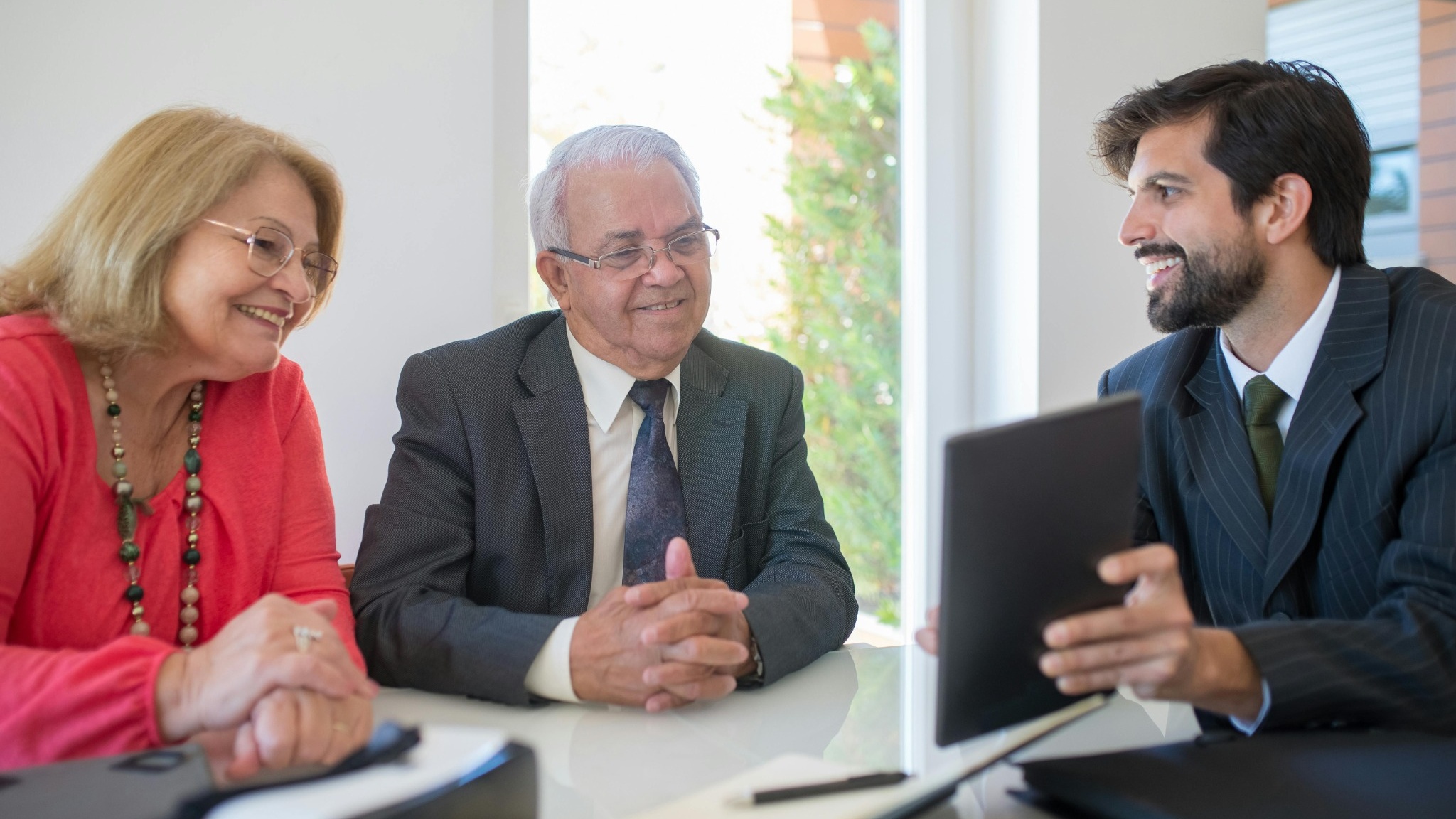Author: Kelly Finnell, President of Executive Financial Services, Inc.
When business owners consider selling their company, they often fall into one of two distinct categories. There are those who seek to maximize the sales price and receive as much cash upfront as possible, driven primarily by financial gain. And then, there are those who aspire to a more comprehensive vision. Beyond the desire for a good selling price, these business owners aim for a transaction that not only rewards them but also safeguards their employees and preserves the cherished company culture. These individuals can be aptly described as Compassionate Capitalists.
Capitalism and Compassion: An Age-Old Debate
The debate surrounding Capitalism and its relationship with greed has persisted since the very inception of the economic system. Philosophers, historical figures, and ordinary people alike have all weighed in on whether Capitalism inherently relies on unchecked self-interest, or if it can coexist with compassion and societal responsibility. Some argue that Capitalism thrives on self-interest, while others contend that it can function harmoniously with compassion, benefiting not just business owners but society as a whole.
Historical Perspectives on Capitalism
To delve deeper into this debate, let’s examine the views of two iconic figures from history: Karl Marx and Andrew Carnegie. Marx, a 19th-century German philosopher and economist, viewed Capitalism as inherently exploitative. He believed it created social and economic inequalities, with Capitalists profiting from the labor of workers who received less than the value of their contributions. Marx advocated for wealth redistribution and worker ownership of production means to address these issues.
In contrast, Andrew Carnegie, a Scottish-American industrialist and philanthropist, believed Capitalism could be a force for good. He argued that the accumulation of wealth was a natural part of the economic system but emphasized that wealthy individuals had a moral obligation to use their riches for the betterment of society. Carnegie donated millions of dollars to support causes such as education and public libraries, viewing philanthropy as a means to address inequality and poverty within the existing economic system.
Employee Stock Ownership Plans (ESOPs): Bridging the Gap
The emergence of Employee Stock Ownership Plans (ESOPs) in the mid-20th century represents a practical manifestation of both Marx and Carnegie’s ideals. ESOPs empower workers through ownership while operating within the framework of Capitalism. Developed by Louis Kelso, ESOPs aimed to align the interests of employees and owners, enhancing motivation, productivity, and shared success.
The History of ESOPs
ESOPs trace their roots to the mid-20th century when the concept of employee ownership gained traction as a response to labor challenges and changing economic landscapes. In the 1950s, economist and lawyer Louis Kelso developed the framework for ESOPs, believing that employee ownership would lead to increased motivation, productivity, and commitment to a company’s success.
The Employee Retirement Income Security Act (ERISA) in 1974 provided legislative support for ESOPs, establishing guidelines for their administration, funding, and fiduciary responsibilities. Subsequent amendments to the tax code enhanced the tax advantages of ESOPs, making them more attractive to business owners seeking socially responsible ownership transitions.
The Benefits of ESOPs
ESOPs offer compelling advantages for both business owners and employees. Owners can defer or eliminate capital gains taxes when selling shares to the ESOP, making it an attractive exit strategy. Employees, on the other hand, gain an ownership stake in the company and benefit from tax-deductible contributions made by the company to the ESOP. As the ESOP allocates shares over time, employees enjoy the appreciation of those shares, enhancing their financial well-being and sense of ownership.
Furthermore, ESOPs motivate employees by giving them a genuine stake in the company’s success. The sense of ownership fosters higher engagement, increased morale, and a broader range of workplace benefits. This model aligns the interests of workers with those of management, creating a more collaborative and equitable workplace.
A Compassionate Capitalist Case Study
A real-world example illustrates the power of Compassionate Capitalism through ESOPs. In 2011, a defense contractor with 1200 employees, considering an ESOP transaction, transitioned to an employee-owned model. Over the next decade, it experienced significant growth, and in 2020, it sold for $1.6 billion. This resulted in hundreds of millionaires among the ESOP participants.
One poignant story from this transition involved a long-tenured mailroom employee who, after the sale, learned he would receive over $4 million from his ESOP account. Overjoyed, he planned to use this windfall to establish a fund to pay for his grandchildren and great-grandchildren’s college tuition.
Want to learn more from the firm who carried out this transaction? Click HERE to register for an upcoming webinar with our partners at Executive Financial Services, Inc.!
The Essence of Compassionate Capitalism
In the ESOP model, business owners do not need to sacrifice a fair purchase price to protect their employees, preserve company culture, and create generational wealth opportunities. Compassionate Capitalism, as exemplified by ESOPs, demonstrates that Capitalism and compassion can coexist harmoniously. It’s about centering employees, nurturing a thriving company culture, and providing opportunities for financial prosperity while still achieving a fair market value for the business.
In the words of Andrew Carnegie, “The man who dies thus rich dies disgraced.” Through Compassionate Capitalism and ESOPs, business owners can realize their vision of wealth and success while uplifting their employees and contributing to a more equitable and sustainable economy for all. As we reflect on the age-old debate between Capitalism and compassion, ESOPs provide a compelling answer that bridges the divide and propels us towards a more compassionate and prosperous future.
Join us for an upcoming webinar with guests from our trusted partners at Executive Financial Services, “ESOPs: How Successful Advisors Participate and Benefit,” where you’ll gain valuable insights into the world of ESOPs and discover how to leverage them to benefit your clients and your own practice.




